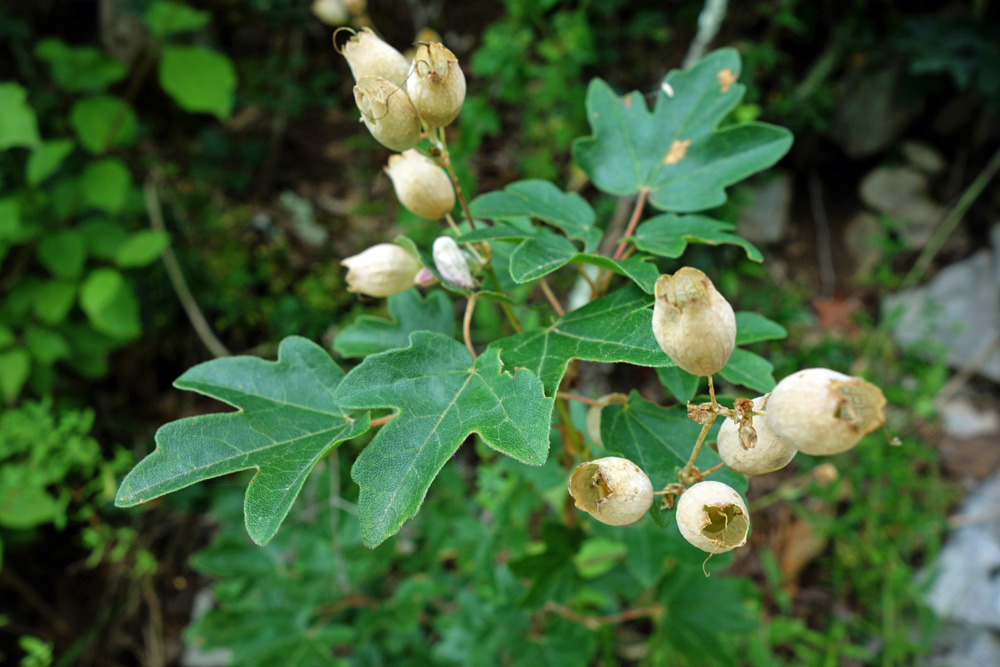Acer monspessulanum
Common Name: Montpelier maple

General information:
Native to southern Europe and Northwest Africa, the Montpelier maple is not yet used widely in the U.S. for bonsai. It has much potential, however, because of its three-lobed, obtuse leaves which are naturally small, and easily reduced even further. It can also withstand climates too hot or dry for most maples. Its major drawback is that it lacks the spreading growth of most maples, forming instead a narrow pyramid. With patience, the tree can be developed into a fuller shape, but I kind of like this maple’s gingkoesque looks!
Lighting:
Unlike most maple species, the Montpelier maple enjoys full sun. Partial shade is recommended in hot climates or during midsummer.
Temperature:
It seems to be hardy to at least zone five.
Watering:
The Montpelier maple can withstand dry conditions better than other maples.
Feeding:
Every three weeks from early spring to late autumn, pausing for a month in midsummer, using a bonsai fertilizer or general purpose plant food at half strength.
Pruning and wiring:
Pinch back new growth after two pairs of leaves have appeared. Wire from spring to autumn. Care must be taken when wiring to protect the bark. Exposing the Montpelier maple to sun and dry conditions will allow leaf reduction to occur more quickly than is seen in most other maples.
Propagation:
From seed or cuttings.
Repotting:
Every 2-3 years. Repot in spring, before bud burst, in bonsai soil slightly rich in organic material.
Information Sources:
Information on the Montpelier maple is taken from the Simon and Schuster Guide.
Compiled by Sabrina Caine
